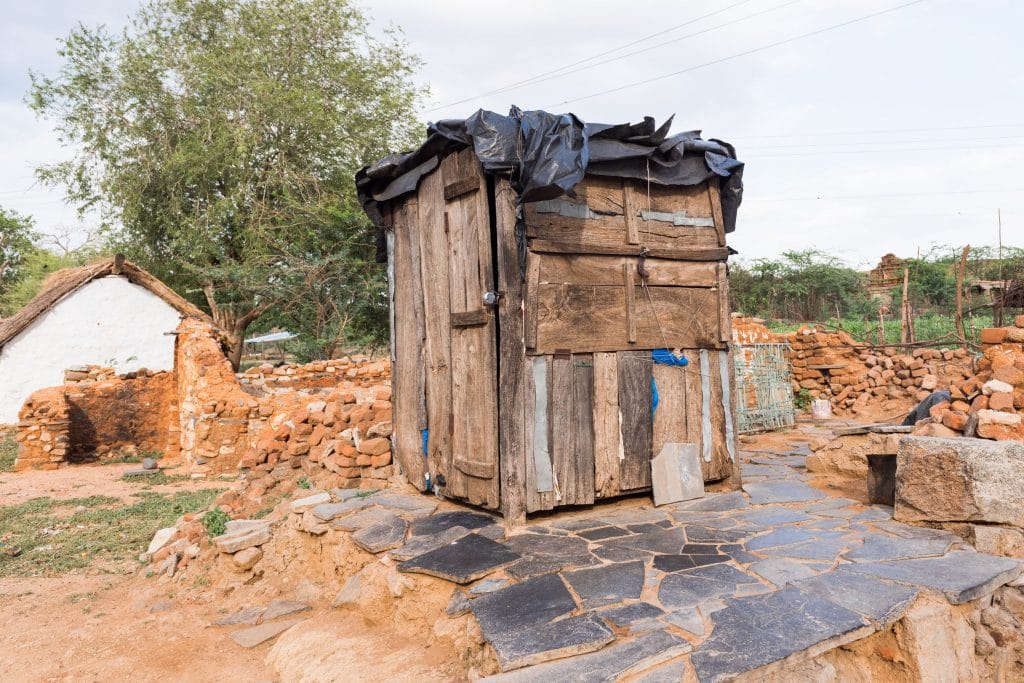Diarrhoeal disease is commonplace and often lethal in the developing world low and middle countries (LMICs). Diarrhoea is identified as the second most common cause of death in children under five by the World Health Organization, with 1.7 billion cases and 520,000 deaths every year.

India is witnessing a shift in its disease burden from infectious to non-communicable conditions. The latter now cause the majority of deaths in the country. Diarrhoea is one of the only infectious diseases which still consistently ranks among the top ten most common causes of death.
Diarrhoeal deaths most often occur due to dehydration. As such, fatalities are most common in those already in a weakened state. As well as children, the elderly and those who are malnourished or have weakened immune systems are also at elevated risk than the general population.
Diarrhoea in itself is not a disease. Rather, it is a symptom that is common to infections primarily occurring in the digestive system. This may be caused by a number of bacteria, viruses or parasites. A common example of diarrhoeal disease is cholera.
Outbreaks of cholera often occur in rural India. More than fifty people were found to have diarrhoea during an outbreak in the Polasara area of Odisha’s Ganjam district late last year. Such a high prevalence of diarrhoea cases in a small amount of time alerted local authorities to the potential for cholera within the area.
The state government of Odisha is currently struggling in attempts to provide clean water to many tribal people in mountainous or forested regions. The people in these regions typically obtain drinking water from nearby streams and rivers. Due to open defecation, these water sources are vulnerable to cholera contamination, as well as infection from a host of other parasites and microorganisms that may cause diarrhoea.
A single individual infected with the bacteria may infect the population of a village who use the same water source. The common practice of open defecation in India provides a route by which infections may quickly pass between large numbers of individuals, particularly in the absence of proper sanitation facilities and clean water supplies.
This situation is commonplace across India. A recent example is an outbreak of diarrhoeal infections in Dhanas village in the Union Territory of Chandigarh. As the infections began the Sarpanch (village leader) of Dhanas claimed the local villagers had been complaining of contaminated water for days.
The extent of the outbreak was disputed. Union Territory health officials claimed 92 cases were reported, whilst the Sarpanch gave a higher figure of 150 infected villagers. Villagers reported that, alongside chlorinated water being distributed, the underlying cause of the outbreak — a broken lid of tube well from where the water was being supplied — was addressed.
In order for India to reduce diarrhoeal infections and the associated mortality, the underlying root causes of the infections must be addressed. Access to sanitised water must be increased. Without this a constant vector exists via which pathogens associated with diarrhoea can infect the population.
Other issues such as the overuse of antibiotics must also be addressed. A recent study found that eighty percent of children suffering from diarrhoea in Punjab and Haryana were given antibiotics instead of the standard treatment of oral rehydration salts.
“The worrying fact was that the children who were being given antibiotics were not even three-year-old. Technically, 90 per cent of children in this age-group should be given ORS only,” said Shankar Prinja from the School of Public Health, PGIMER.
India is, however, making steps toward reducing diarrhoeal related deaths. Its Swachh Bharat programme has attempted mass scale clean up drives in order to improve sanitation within India. A total of 568.15 lakh individual household latrines were built since 2014 under the programme, making huge steps in attempting to end the practice of open defecation.

